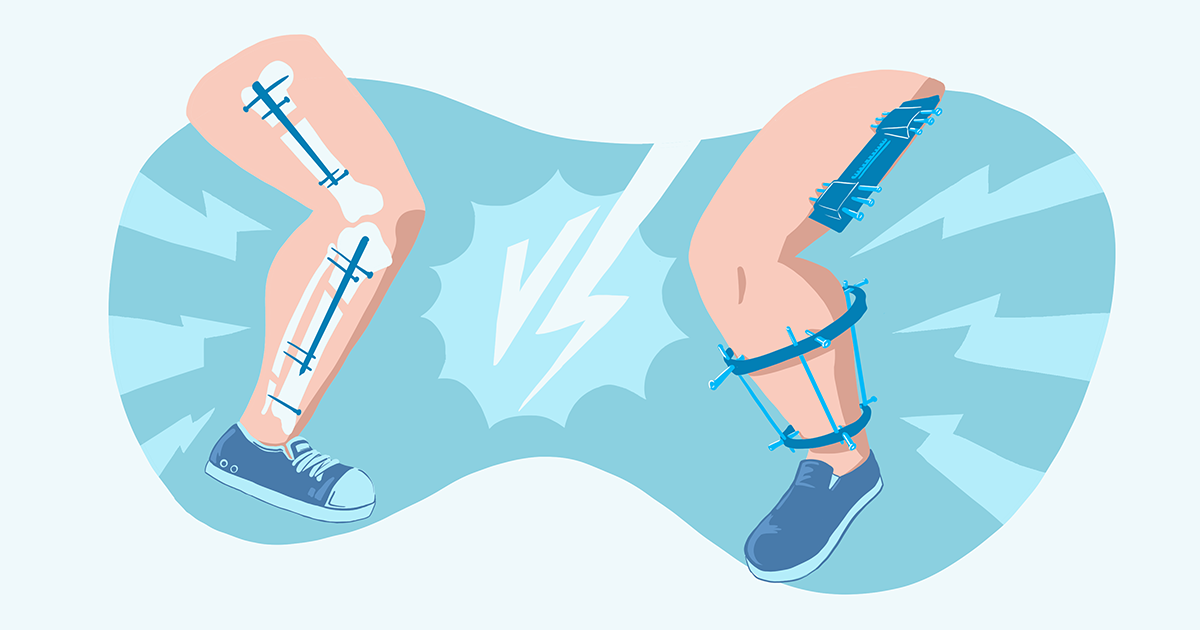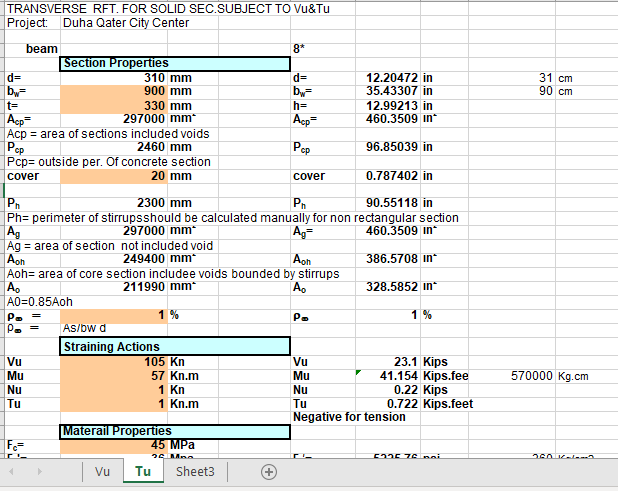
External fixation for Extraarticular, Simple, Transverse: A Step-by-Step Guide
Sichuan ChenAnHui Technology Co., Ltd. has been a trusted name in the orthopedic implant and instrument industry since 2009. Our company specializes in the production and sales of high-quality products that help improve the health and well-being of our customers. One of the most popular procedures performed using our products is external fixation for extraarticular, simple, transverse fractures. In this blog, we will give you a detailed step-by-step guide on how to perform this procedure.
External fixation is a technique that involves the use of pins or wires that are inserted into the bone and attached to an external frame. It is often used to treat fractures that cannot be treated with traditional casts or internal fixation devices. Extraarticular, simple, transverse fractures are a type of bone fracture that occurs when the bone is broken in a straight line. This type of fracture is common in the arms and legs, and external fixation is often used as a treatment option.
Step 1: Pre-operative Planning
Before the procedure, the surgeon will evaluate the patient's condition and order any necessary tests, such as X-rays or CT scans. This will help to determine the extent of the fracture and decide on the appropriate treatment method. The surgeon will also explain the procedure to the patient and discuss any potential risks or complications.
Step 2: Anesthesia
Local anesthesia is administered to the patient to numb the area around the fracture. This will ensure that the patient does not feel any pain during the procedure.
Step 3: Pin/Wire Insertion
The surgeon will make small incisions in the skin above and below the fracture. Pins or wires are then inserted through the incisions and into the bone on either side of the fracture. The pins or wires are positioned to create a stable external frame that will hold the bone in place as it heals. The surgeon will use X-rays to guide the placement of the pins or wires.

Step 4: Frame Placement
Once the pins or wires are in place, an external frame is attached to the pins using clamps. The frame is carefully adjusted to ensure that the bone is in the correct position. The frame should be sturdy and secure enough to hold the bone in place, but not so tight that it causes discomfort to the patient.
Step 5: Post-operative Care
After the procedure, the patient is instructed to keep the area around the pins or wires clean and dry. The patient may experience some discomfort and swelling, which can be managed with pain medication and ice packs. The external frame will remain in place for several weeks to several months, depending on the extent of the fracture and the rate of healing. During this time, the patient will need to be careful not to put too much weight on the affected area.
In conclusion, external fixation for extraarticular, simple, transverse fractures is a safe and effective treatment option that can help patients recover from bone fractures. At Sichuan ChenAnHui Technology Co., Ltd., we are committed to providing high-quality orthopedic implants and instruments to surgeons and patients around the world. Our products come with a minimum of two years warranty, and our team is dedicated to providing excellent customer service and support. If you have any questions or would like to learn more about our products, please do not hesitate to contact us.